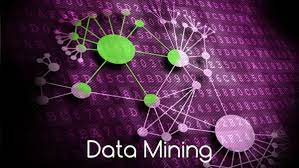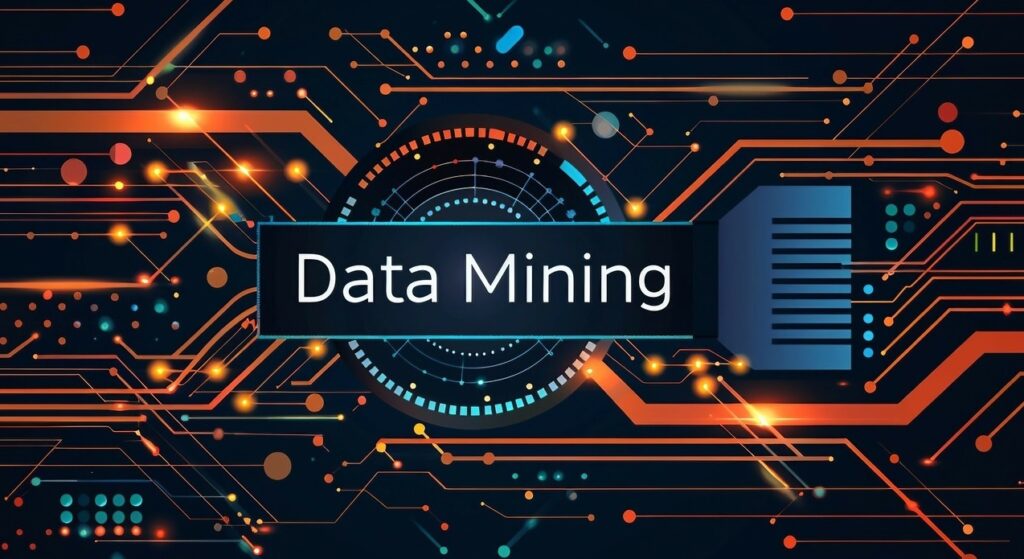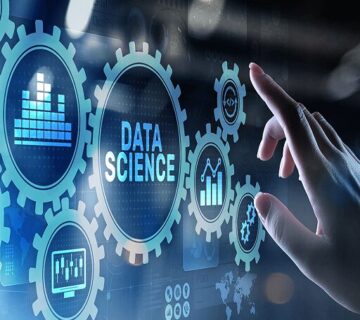Data mining is the process of discovering patterns and useful information from large data sets. This process involves using statistical techniques, machine learning, and artificial intelligence algorithms to analyze data and extract new knowledge from it. Data mining helps companies and organizations leverage their data and make better decisions.

Phases of Data Mining
– Data Collection:
Data is collected from various sources, which can include databases, text files, websites, and other information systems.
-Data Preprocessing:
Data usually needs cleaning and processing. This includes removing incomplete data, anomalies, and converting data into suitable formats.
– Data Exploration:
Initial analyses are conducted to gain a better understanding of the data. This can include data visualization and identifying preliminary patterns.
– Modeling:
Various machine learning and data mining algorithms are used to build models. These models help in identifying patterns and making predictions.
– Evaluation and Interpretation:
The built models must be evaluated to determine their quality and accuracy.
Additionally, results should be interpreted to determine their value and applicability.
– Utilization and Implementation:
Finally, the knowledge gained must be applied in decision-making and business strategies.

Main Branches
1 . Supervised Learning
In this method, algorithms are trained using labeled data. The goal is to predict a specific output based on given inputs. Algorithms such as decision trees, regression, and neural networks fall into this category.
2 . Unsupervised Learning
In this method, algorithms are trained on unlabeled data, and the goal is to identify hidden patterns and structures in the data. Methods such as clustering and dimensionality reduction are examples of this type of learning.
3 . Semi-Supervised Learning
This method is a combination of supervised and unsupervised learning. Here, algorithms are trained using a small amount of labeled data and a large amount of unlabeled data. This method is useful when labeling data is costly.
4 . Association Rule Learning
This subfield focuses on identifying relationships and dependencies between variables. One well-known algorithm in this area is the Apriori algorithm, used for discovering association rules in transaction data (Market Basket Analysis).
5 . Clustering
In this method, data is divided into groups or clusters where members of each cluster are similar to one another. Well-known algorithms include K-means, Hierarchical Clustering, and DBSCAN.
6 . Time Series Analysis
This subfield analyzes time-related data and predicts trends and patterns in time series data. Applications include sales forecasting, market fluctuations, and sensor data analysis.
7 . Text Mining
Involves extracting information and patterns from textual data. This area is related to natural language processing (NLP) and includes sentiment analysis, entity recognition, and text summarization.
8 . Network Analysis
This subfield studies the structure and characteristics of networks, such as social networks and communication networks. These analyses can be useful in identifying communication patterns and influence among nodes.
9 . Anomaly Detection
This method focuses on identifying unusual or anomalous instances in data. This analysis is applied in areas like fraud detection, system health monitoring, and quality control.




No comment